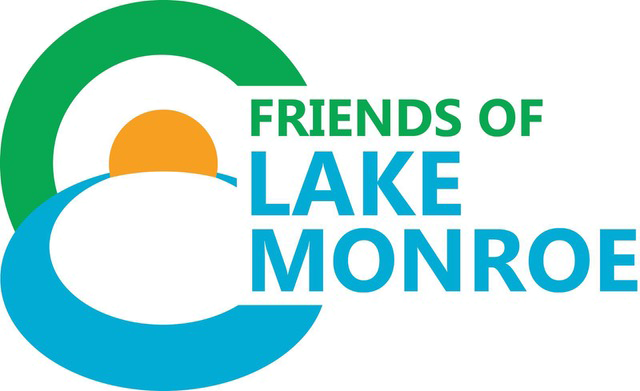Talking About Soil and Water Conservation (Q2 Update)
Our voluntary Conservation Cost-Share Program for implementing soil and water conservation practices is now available to landowners in the Lake Monroe watershed, which spans portions of Monroe, Brown, and Jackson Counties. So far, our watershed coordinator has met with a dozen farmers and landowners to discuss their resource concerns and potential solutions. Properties have ranged in size from just a few acres to more than 200 but the sentiment is the same:
People want to take care of their land.
We are here to help. One of the most frequently mentioned concerns is erosion, especially on hilly land. Our program funds a variety of practices that help control erosion. Many focus on establishing healthy permanent vegetation. “Forage and biomass planting” adds grasses and forbs that stabilize the soil while also providing forage for livestock. “Conservation cover” introduces native species that will support local wildlife in addition to stabilizing the soil. “Riparian buffer” refers to permanent plantings along streams that can feature trees, shrubs, grasses, forbs, or some combination. Planting along streams helps stabilize the stream bank and also helps filter runoff, catching some of the sediment and debris before it is washed into streams when it rains.
For cropland, the goal is to minimize erosion while planting and harvesting an annual cash crop such as corn or soybeans. “Cover crops” are secondary crops that are planted in the fall after the cash crop is harvested.
Cover crops provide soil protection until it’s time to plant again the following spring. The goal is to maximize soil cover and living roots throughout the year. This protects the soil from erosion and improves soil health by feeding the microbes that live in the soil, opening up the soil as roots grow, and increasing organic matter.
Friends of Lake Monroe participated in both the Monroe County and Brown County Soil and Water Conservation District Annual Meetings to promote the cost-share program. The Brown County event included a demonstration by Cara Bergschneider and Doris Scully of NRCS using their soil health trailer. As the photo shows, runoff from land planted with cover crops is much clearer than runoff from bare land, indicating minimal sediment movement. Additionally, land planted with cover crops will infiltrate and store more water than bare land, leading to less runoff and better resilience to drought.
This summer we will continue to work with landowners on addressing their resource concerns and helping them apply for our Conservation Cost-Share Program. Applications will be reviewed on a quarterly basis (June, September, December, March) and cost-share funds will be awarded until all funds have been allocated. We will send out a mailer in June to all agricultural producers in the watershed and continue to promote the program through flyers, social media, and at regional events. Anyone seeking more information can contact Watershed Coordinator Maggie Sullivan at 812-558-0217 or watershed@friendsoflakemonroe.org for a free consultation.


